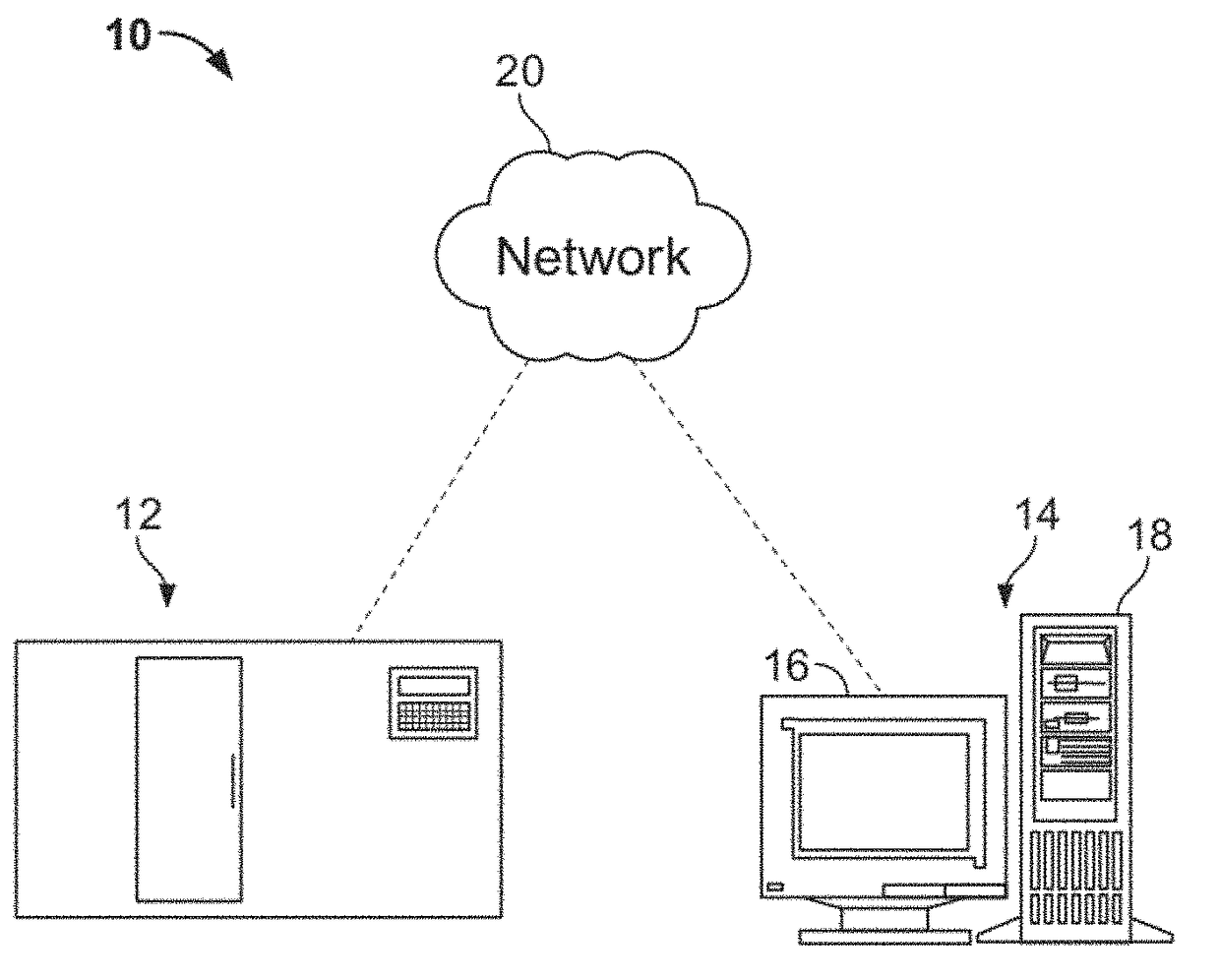Dot detection, color classification of dots and counting of color classified dots
a technology of color classification and dots, applied in image analysis, instruments, image enhancement, etc., can solve the problems of high risk of recurrence, poor clinical outcome, laborious manual interpretation of tissue slides, etc., to reduce the time it takes to diagnose, improve laboratory throughput, and accurate and robust
- Summary
- Abstract
- Description
- Claims
- Application Information
AI Technical Summary
Benefits of technology
Problems solved by technology
Method used
Image
Examples
example 1
[0276]In dual ISH for HER2 detection as described in detail herein, if we have 20 cells for the given FOV(s), and the cell score is “Bi” (number of black dots picked for the i-th cell) and “Ri” (number of red dots picked for the i-th cell), then for the i-th cell, the final score for that slide is computed as:
[0277]Score=(ΣBi) / (ΣRi), where the score is computed for all i where both Bi and Ri are >0.
[0278]The score is grouped into 3 bins:
[0279]i) Bin 1: score <=1.8
[0280]ii) Bin 2: score >1.8 and score <=2.2
[0281]iii) Bin 3: score >2.2
[0282]A prior art dot detection and classification method (V1) and the presently disclosed dot detection and classification method (V2) were both compared against ground truth values (GT) using 386 slides scanned on a HT Scanner (model number B113N7131) using software version number 1.0.2.2.
[0283]Table 1 provides a 3×3 confusion matrix comparing ground truth values against the prior art method (V1). The number of false negatives is shown for each bin.
TAB...
PUM
 Login to View More
Login to View More Abstract
Description
Claims
Application Information
 Login to View More
Login to View More - R&D
- Intellectual Property
- Life Sciences
- Materials
- Tech Scout
- Unparalleled Data Quality
- Higher Quality Content
- 60% Fewer Hallucinations
Browse by: Latest US Patents, China's latest patents, Technical Efficacy Thesaurus, Application Domain, Technology Topic, Popular Technical Reports.
© 2025 PatSnap. All rights reserved.Legal|Privacy policy|Modern Slavery Act Transparency Statement|Sitemap|About US| Contact US: help@patsnap.com



